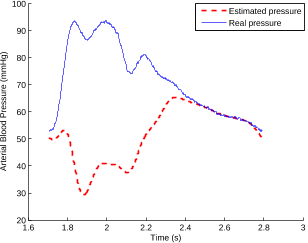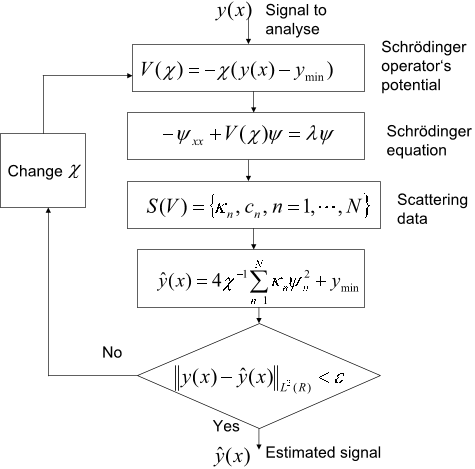




Did you find this useful? Give us your feedback











275 citations
...Flow and pressure in the carotid artery are naturally aperiodic due to heart rate variability, breathing and other physiological factors (Holdsworth et al. 1999; Laleg et al. 2007)....
[...]
66 citations
46 citations
34 citations
31 citations
193 citations
...The use of solitons to describe the ABP was already introduced in [24] and in [15] where a KdV equation and a Boussinesq equation were respectively proposed as a blood flow model....
[...]
190 citations
148 citations
...squared differences between adjacent beat-to-beat intervals in overtraining subjects was described in RR but not in the ABP [ 1 ]....
[...]
...The analysis of mean values and beat-to-beat variability of cardiovascular (CV) time series has been widely used as a non invasive approach to study the control of the autonomic nervous system (ANS) on the CV function [ 1 ], [8]....
[...]
...The aim of this kind of studies is to assess the quality of training, to avoid overtraining and to improve CV adjustment to exercise [ 1 ], [12]....
[...]
142 citations
...For a convenient use, we solve the SBSA by replacing the space variable x by the time variable t....
[...]
71 citations
...The spectrum of this operator has two components : a continuous spectrum including positive eigenvalues and a discrete spectrum with negative eigenvalues [1], [4], [5], [6], [12]....
[...]
...The IST is based on the Gel’fand-Levitan-Marchenko (GLM) integral equation [1], [5]....
[...]
...The decomposition of the ABP into a nonlinear superposition of solitons introduced in this article is based on an elegant mathematical transform : the scattering transform for a one-dimensional Schrödinger equation [1], [5], [6]....
[...]
The spectrum of this operator has two components : a continuous spectrum including positive eigenvalues and a discrete spectrum with negative eigenvalues [1], [4], [5], [6], [12].
The main idea is then to find the parameter χ such that the signal y is well approximated by the reflectionless part of the potential which can be written then using equation (7) :ŷ = 4χ−1 N∑ n=1 κnψ2n + ymin, (9)where −κ2n and ψn, n = 1, · · · ,N are respectively the N negative eigenvalues and the corresponding L2-normalized eigenfunctions for the potential V , determined by the DST.
Denoting the positive eigenvalues by λ = k2, the continuous spectrum is characterized by the following asymptotic boundary conditions where T (k) and R(k) are respectively the transmission and the reflection coefficients associated to V :ψ(x,k)→ T (k)exp(−ikx), x→−∞, (2) ψ(x,k)→ exp(−ikx)+R(k)exp(ikx), x→+∞. (3)Conservation of energy leads to |T (k)|2 + |R(k)|2 = 1.
Determining the parameter χ determines the number N(χ) of negative eigenvalues and hence the number of solitons components required for a satisfying approximation of the signal y. Fig. 1 summarizes the SBSA method.
In this study the authors suppose that the function V belongs to the Schwartz space S (R) of regular and rapidly decreasing functions on R.The DST of the potential V is the solution of the spectral problem for L(V ).
This approach is based on the scattering transform and deals with the solution of the spectral problem of a perturbed Schrödinger operator for a given potential.